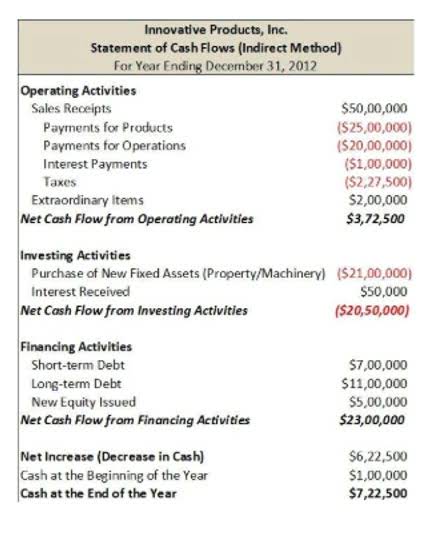
In the first case, when the minimum rent is more than the actual royalty amount this is how the entry will look for the lessor. He has an agreement with Mine Company where the minimum rent is $10,00,000 and the royalty charged is $200 per ton of production each month. In 2019, the production was 3000 tons, in 2020 the production was 5000 tons, and in 2021, https://www.bookstime.com/ the production was 7000 tons. Here is how each lessee and lessor will record these transactions. Mineral extractors are required to pay the royalties to the owner of the property where they wish to extract the minerals. In this case, the royalties are based on the units such as tons of minerals or it is based on the revenue earned by selling the minerals.
This right is known as the right of recoupment of short-working. According to production, the real royalty amount due is ₹4 Lakhs. Because the actual amount of royalty is lower than the rent minimum, the lessee must pay at least ₹5 Lakhs to the lessor. When it comes to a licensor, the royalty agreement would give other companies or third parties a right to use their product or service, ultimately providing them access to a new market. In the oil and gas sectors, companies would pay out royalties to landowners, for example, to extract certain natural resources from their property. One of the best examples of a royalty fee is the payments that a musician receives from their music being played on television or radio.
As there was no short-workings landlord will get Rs. $0,000 i.e., actual royalty or minimum rent whichever is higher. Since actual royalty is more than the minimum, rent by Rs. 5,000 (i.e., Rs. 25,000 – Rs. 20,000) the same should be recouped against the short-working of Rs. 18,000. Now, balance of short-working royalty accounting comes down to Rs. 13,000 (Rs. 18,000 – Rs. 5,000). Again actual royalty is less than minimum rent by Rs. 7,000 (i.e., Rs. 20,000 – Rs. 13,000) which again carried forward. Thus, total amount of short-working which is carried forward is Rs. 18,000 (i.e., Rs. 11,000 for first year and Rs. 7,000 for 2nd year).
Royalties involve a formal agreement and the owner is able to earn income through royalties. For example, in the case of books, royalties are based on how many books have been sold. For other royalties such as mineral properties, there are two ways in which royalties can be computed; based on the units produced or revenue. Sometimes, a royalty percentage is computed and then paid to the owner. A royalty is a type of payment that’s legally binding and it’s usually made to a company or an individual for the right to use their assets or intellectual property. This usually happens on an ongoing basis and assets can include things like natural resources, franchises, and copyrighted works.
An author might receive a share of the proceeds from the sales of their book. An example of the royalty structure could be that the author receives 15% on net sales of hardbacks and 7.5% on net sales of paperbacks. On the other hand, Short Working that can be recovered must be carried forward and shown as current asset in the balance sheet. There can be three types of circumstances in which both lessor and the lessee would be required to pass journal entries. Let’s understand Royalties Accounting Treatment with the help of an example.

There is an agreement in place that dictates how much royalty is to be paid to the author by the publisher. Royalty means a periodic payment made by one person to another person for using the right to resources. The person who gives the right to use resource is lessor and the person who uses it is the lessee. Here we are going to discuss accounting treatment in the books of the lessee.
Now, there can be cases when the number of goods produced or sold are nill or relatively low. In such a case, the lessor would receive no or little royalty directly impacting lessor’s royalty income. The person who creates or owns the asset and provides the right of using such an asset to the third party is known as the lessor or the landlord. Furthermore, lessor receives consideration from the third party for using the rights to use his asset.
In turn, it has increased the company’s value by that same £90,000. We can also now easily see what our reserve balance is, and the level of pre-paid royalties—which is negative here because we did not include the creation of the initial advance. The industries with the lowest average royalty rates are automotive (3.3%), aerospace (4%), and chemicals (4.3%). An inventor or original owner may choose to sell their product to a third party in exchange for royalties from the future revenues the product may generate.
So, the short workings are adjusted against the excess royalty amount, in the following years. This process where Short Working capital is adjusted is called the recoupment of Short Workings. The output in four years was 9000, 13000, 25000, and respectively.
Spotify Didn’t Quite Think Its ‘Royalty Modernizing’ Plan Through ….
Posted: Wed, 22 Nov 2023 08:32:13 GMT [source]